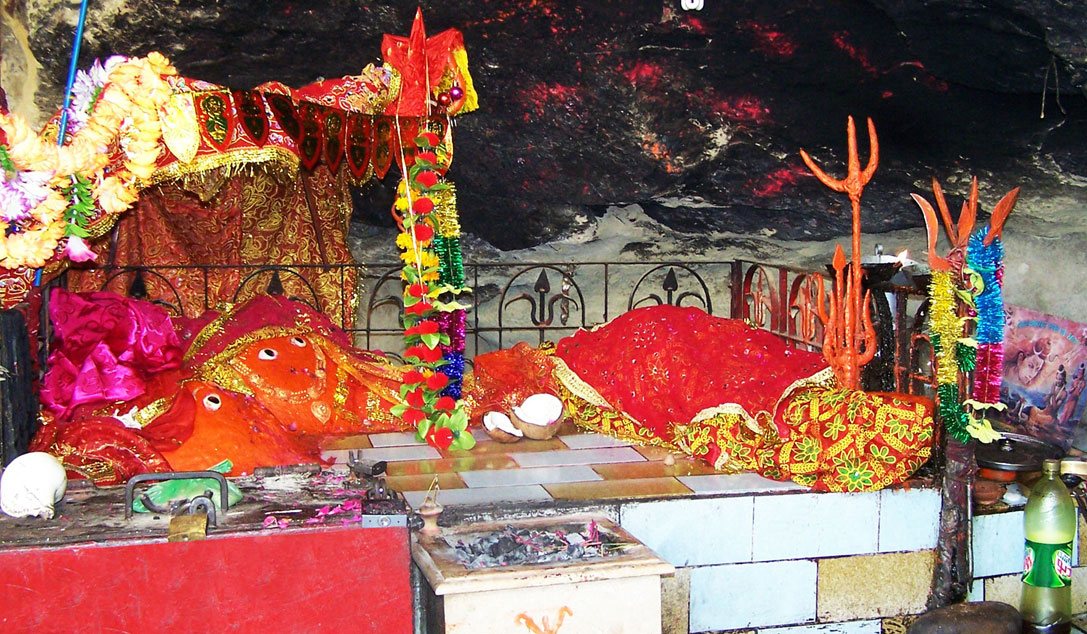Introduction to Devi Hinglaj
Hinglaj Mata is a prominent deity in the Indian subcontinent, worshipped as a form of Shakti in Hinduism. Her principal temple is located in the Balochistan province of Pakistan, known as Hinglaj Teerth or Hinglaj Shakti Peeth. This site is considered one of the 51 Shakti Peeths, where a part of Goddess Sati's body fell. Hinglaj Mata holds special reverence as the Kuldevi (family deity) of the Khatri community.
Hinglaj Mata is particularly worshipped in forms similar to Durga, Kali, and other manifestations of Shakti. She is believed to protect her devotees and alleviate their hardships. Due to the immense devotion and reverence toward her, the name of Hinglaj Mata is known worldwide. Although her temple is now located in Pakistan, devotees from India and other countries also visit in large numbers to seek her blessings. This sacred site is not only a center of religious devotion but also a symbol of cultural heritage.
Importance as the Kuldevi of the Khatri Community
Hinglaj Mata is especially revered as the Kuldevi of the Khatri community. In the ancient traditions of the Khatris, the worship of Hinglaj Mata holds significant importance. The Khatris believe that Hinglaj Mata guides them through every challenge in life and protects them from adversity. Their faith in Hinglaj Mata is so deep that no auspicious event begins without first seeking her blessings.
Historically, Khatri warriors and leaders also sought Hinglaj Mata's blessings to attain victory. Before going into battle, Khatri warriors would pray to the goddess and seek her grace for triumph. For the Khatris, Hinglaj Mata is not just a religious deity, but their cultural and historical connection with her adds a profound dimension to their devotion.
The Mythology of the Shakti Peeth
Hinglaj Mata's shrine is considered one of the 51 Shakti Peeths, connected to the mythological story of Goddess Sati. According to ancient Hindu texts, when King Daksha insulted Lord Shiva, Sati, unable to bear the humiliation, immolated herself. Lord Shiva, in his grief and anger, began the cosmic dance of destruction (Tandava) while carrying Sati’s body, causing chaos in the universe. To save the cosmos, Lord Vishnu used his Sudarshan Chakra to cut Sati's body into pieces, which fell across different places on Earth. Wherever these parts fell, a Shakti Peeth was established.
Hinglaj Shakti Peeth is the place where Goddess Sati’s head is believed to have fallen, making it an exceptionally sacred site. Devotees believe that simply having a glimpse of the goddess here can resolve all of life’s troubles.
